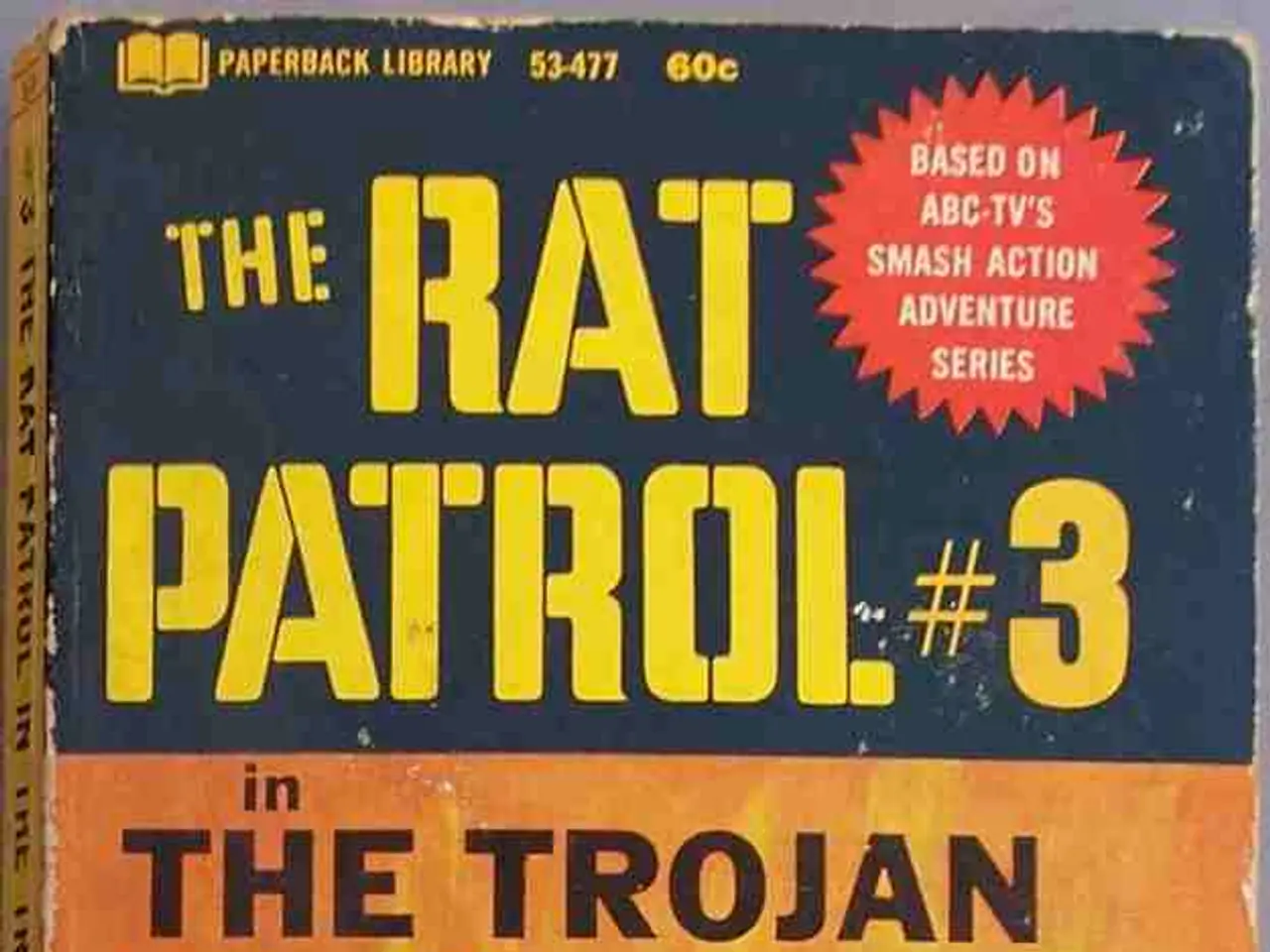Hamas acknowledges a favorable reaction to the truce proposal, marking a significant stride towards a potential agreement.
In a significant development, Hamas and Israel have agreed to a 60-day ceasefire proposal aimed at bringing a temporary halt to hostilities in Gaza. The proposal, backed by Qatar and supported by the Trump administration, includes several key components and outstanding issues that need resolution.
**Details of the Proposed Ceasefire**
The ceasefire, if approved, would last for 60 days and involve a series of critical steps. Among them is the staged release of hostages held by Hamas. The plan calls for releasing about ten living Israeli hostages and 18 deceased hostages over the full 60-day period. On the truce's first day, Hamas would release eight living hostages, with Israel reciprocating by releasing an unspecified number of Palestinian prisoners and detainees.
Israel would also withdraw its forces from certain pre-agreed locations in northern Gaza as part of the truce terms. After the ceasefire begins, Israel and Hamas would enter into indirect negotiations aimed at arranging a permanent ceasefire to end the war.
However, there are disagreements regarding humanitarian aid management. Hamas wants the UN to manage aid delivery again, displacing the current Israel and U.S.-backed Gaza Humanitarian Fund. Israel has rejected this demand. Additionally, hostage releases under this deal would occur without public ceremonies or propaganda events, unlike previous hostage exchanges that sparked outrage in Israel.
**Key Issues to Resolve in Negotiations**
Critical points for resolution include the exact timing and geographic scope of Israeli troop withdrawals during the 60-day ceasefire, Hamas' role in a post-war Gaza, guarantees against the resumption of war, and humanitarian aid management.
Israel has formally agreed to the Qatari-led ceasefire proposal and is prepared for indirect talks with Hamas to finalize the deal. Hamas has responded positively to the proposal but with reservations concerning security guarantees and aid management.
As of now, Hamas has not fully accepted the terms, and negotiations continue. U.S. President Donald Trump has actively pushed for this ceasefire, seeing it as a significant step towards ending a year-and-a-half-long conflict.
Israel has accepted the US-sponsored framework for a ceasefire, and Israeli Prime Minister Netanyahu is scheduled to travel to Washington this weekend and meet Trump at the White House on Monday. Before leaving, Netanyahu will convene his full cabinet to discuss the proposal.
This ceasefire proposal aims to create a temporary halt in fighting and open the door for negotiations towards a more durable peace in Gaza, addressing humanitarian needs and resolving hostage issues. However, critical security and political complexities remain unresolved.
[1] The New York Times [2] Reuters [3] Associated Press
- The proposed 60-day ceasefire, if approved, could potentially lead to a significant shift in war-and-conflicts in Gaza, as it involves discussions on politics, such as the management of humanitarian aid and the role of Hamas in a post-war Gaza.
- The ongoing negotiations between Israel and Hamas, backed by Qatar and the Trump administration, are rooted in general-news events like the year-and-a-half-long conflict, and they aim to resolve key issues, including the resumption of war, Israeli troop withdrawals, and the handling of humanitarian aid.





